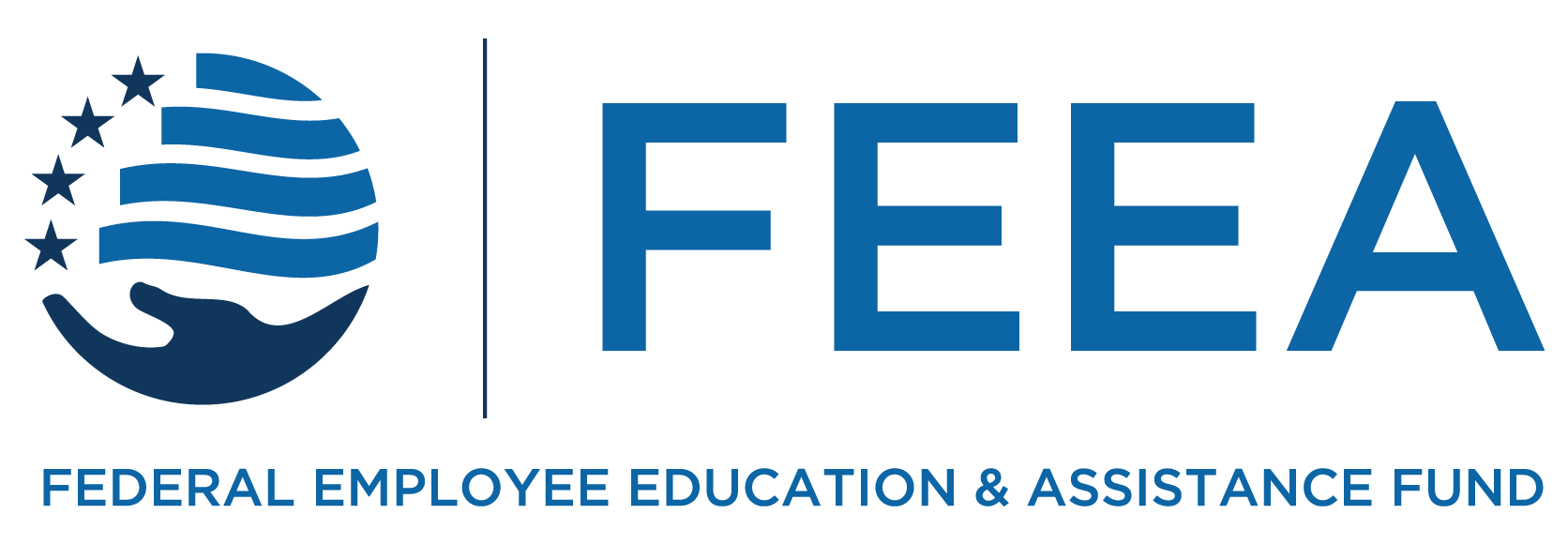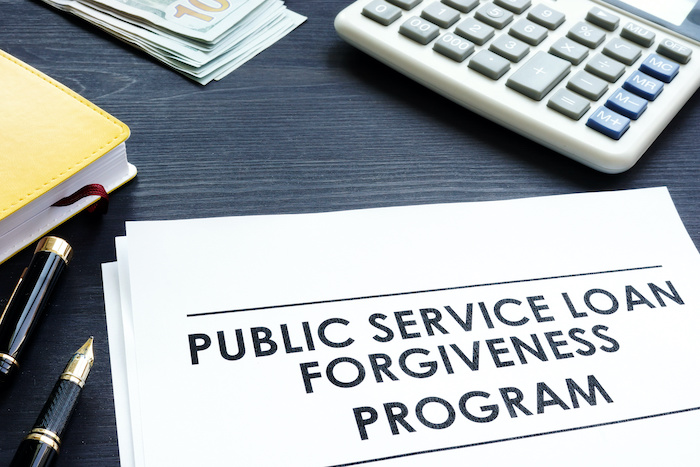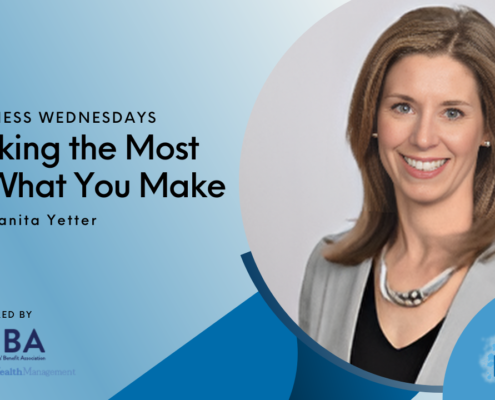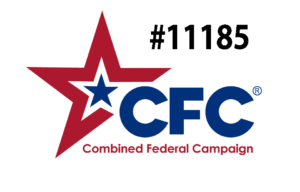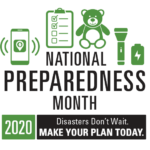by Joyce Warner
I recently sat down with Seth Frotman, Executive Director of the Student Borrower Protection Center to talk about how Public Service Loan Forgiveness (PSLF) works.
JOYCE: Seth, thanks so much for speaking with me today. I know many federal employees are interested in learning more about the PSLF Program. How long has the program been around?
SETH: Thank you so much for having me, Joyce. The Public Service Loan Forgiveness program was created in 2007 and signed into law by President George W. Bush. Since that time, government employees and other public servants have been promised that in exchange for serving their communities and their country for a decade, their loans would be forgiven.
JOYCE: Who is eligible to participate in the PSLF program (what types of employers) and what types of loans are covered?
SETH: PSLF-eligible employers come in all shapes and sizes. First, government employers at any level—federal, state, local, and tribal—are all PSLF-eligible employers. Additionally, any 501(c)(3) nonprofit is a PSLF-eligible employer.
Other types of nonprofits might also be eligible if they provide a “qualifying service.” Qualifying services are usually types of direct services, such as early childhood education or public health services.
The best way to confirm if your employer is eligible for PSLF is to submit an Employer Certification Form. While these forms are not mandatory to earn PSLF, they are the best way to ensure you are on track for loan forgiveness. Borrowers should submit these forms at least once per year as well as every time they change jobs.
Only one type of federal student loan is eligible for PSLF—Direct Loans. If you have Perkins loans or older federal loans made under the Federal Family Education Loan Program, you can consolidate these loans in order to become eligible for PSLF. If you are not sure what type of loan you have, you can either call your student loan servicer to ask or you can check your loan information on studentaid.gov.
JOYCE: How much student loan debt can be forgiven? How long does it take for eligible loans to be forgiven?
SETH: Under the PSLF program, there is no limit on the amount of student debt that can be forgiven. That is why it is important to enroll in a qualifying repayment plan like income-driven repayment early on during repayment—you will pay less over time and eventually maximize your loan forgiveness.
It takes at least 10 years to have your loans forgiven under the PSLF program. Borrowers must make 120 on-time payments while enrolled in an eligible repayment plan (such as income-driven repayment) and while working for an eligible employer. Keep in mind, however, that these payments do not need to be consecutive. If you leave public service employment and later come back, you can pick up right where you left off and continue working towards making those 120 qualified payments.
FEDLIFEHACKS Public Service Loan Forgiveness
[Video Start]
[Video presented with written slides in English]
[music]
[FEEA #FEDLIFEHACKS logo with a light bulb at the top encased by a blue box.]
How does Public Service Loan Forgiveness Work?
[A group of students dress in blue graduation gowns throw their graduation caps in the air]
Wondering if you qualify for PSL forgiveness?
Here’s how the program works:
[An image of the Georgia state capitol building.]
Who is eligible?
Federal, state, local, and tribal government employees are all eligible. 501(c)3 nonprofits and other types of nonprofit organizations can also be PSLF-eligible employees.
In addition, you must have a federal student Direct Loan.
In addition, you must have a federal student Direct Loan.
[an image of a large black weighted ball with the word, “debt” on it is chained to a leg .]
How much debt can be forgiven and how long does it take?
There is no limit on the amount that can be forgiven, but it takes at least 10 years. Borrowers must first make 120 payments while enrolled in a qualified repayment plan and working for a qualified employer.
There is no limit on the amount that can be forgiven, but it takes at least 10 years. Borrowers must first make 120 payments while enrolled in a qualified repayment plan and working for a qualified employer.
[An image of a woman sitting at a table leaning on top of two white boxes.]
What are the most important steps?
[A an image of a pencil sitting next to eraser shavings]
How can borrowers fix mistakes?
- Only pay what you owe, don’t go into “pay ahead status.”
- If you were in the wrong repayment plan, apply for TEPSLF.
[An image of a Public Service Loan Forgiveness (PSLF) Employment Certification Form]
How can you stay on track?
for more information on this topic, visit feea.org/pslf
[WAEPA logo.]
FEEA thanks WAEPA for contributing to our #FedLifeHacks program
[FEEA #FEDLIFEHACKS logo with a light bulb at the top encased by a blue box.]
[music]
[Video End]
for more information on this topic, visit feea.org/pslf
[WAEPA logo.]
FEEA thanks WAEPA for contributing to our #FedLifeHacks program
[FEEA #FEDLIFEHACKS logo with a light bulb at the top encased by a blue box.]
[music]
[Video End]
JOYCE: What steps does an eligible participant have to take to make sure they are properly enrolled in the program? What are the eligible repayment plan types? What types of records should participants keep?
SETH: The most important thing to keep in mind when pursuing PSLF are the four key requirements:
- Right type of loan – borrowers should have a Direct Loan
- Right type of employer – borrowers should work for a government agency or a qualifying nonprofit organization
- Right type of repayment plan – borrowers should stay enrolled in an income-driven repayment plan
- Right number of payments – borrowers need to make 120 on-time payments, in full, while meeting all of the other requirements.
I recommend borrowers keep records of everything related to their pursuit of PSLF. For example, keep a copy of every Employment Certification Form you submit, as well as a copy of the response you receive from FedLoan Servicing. If you call your student loan servicer to ask questions about your eligibility for PSLF, keep thorough notes about the call.
JOYCE: What are the most common mistakes people make during application or after enrollment that would impact their eligibility?
SETH: Unfortunately, I have seen breakdowns at every stage of the of the PSLF process. These mistakes are usually because borrowers receive bad information from their student loan companies about how to stay on track to earn loan forgiveness. However, there are two common problems that borrowers can take action to avoid:
- Only pay what you owe each month. Sometimes if borrowers receive payment assistance from an employer that exceeds their monthly amount due, that extra money will be applied to next month’s payment. As a result, borrowers enter “paid ahead” status. Payments made while in paid ahead status do not count towards PSLF. The Department of Education claims that it will fix this problem, but we don’t know yet when that will happen.
- If you were in the wrong repayment plan, apply for TEPSLF. In 2018, Congress temporarily expanded the PSLF program to allow borrowers who were enrolled in the wrong repayment plan to receive credit toward PSLF. If you have Direct Loans but were making payments under an ineligible repayment plan, such as extended repayment, consider applying for Temporary Expanded Public Service Loan Forgiveness (TEPSLF).
JOYCE: Does a PSLF candidate have to recertify or check in with their loan servicer over the years? What if they switch employers but stay in public service?
SETH: A common misconception about PSLF is that you have to “enroll” in the program. There is no enrollment required; it is simply a matter of whether you meet the requirements at any point in time to be eligible for loan forgiveness. However, there are a few steps borrowers can take to put themselves in the best position possible to stay on track to earn loan forgiveness. For example, submitting an Employer Certification Form at least once per year and every time you switch jobs is a great way to certify your intent to pursue PSLF. In other words, it puts the Department of Education and your student loan servicer on notice that you are trying to earn loan forgiveness. It also creates a paper trail of your qualifying employment throughout repayment.
But submitting an Employer Certification Form is not mandatory. If you have never submitted an Employer Certification Form, you can still apply for PSLF as long as you meet all of the requirements of the program.
JOYCE: I’ve heard a few horror stories about individuals who thought they were enrolled but found out they were not eligible for the program. Do they have any recourse?
SETH: As I previously mentioned, student loan servicers are notorious for misleading borrowers about their eligibility for and progress towards PSLF. State attorneys general across the country have taken action against student loan companies for exactly this harm. Unfortunately, the available recourse is pretty limited.
First, as I previously mentioned, if you were in the wrong repayment, but met all of the other requirements, you may be eligible for TEPSLF.
Additionally, if you have proof that you were misled by your student loan servicer, you can submit a complaint and request a waiver from the Department of Education. To start this process, you should reach out to the Federal Student Aid Ombudsman’s office and complain to your current student loan servicer and ask for your complaint to be escalated to FSA.
JOYCE: Are there any potential policy or legislative updates to the PSLF program in the works?
SETH: There is an emergent need for Congress to step in and protect the Public Service Loan Forgiveness program, and millions of public service workers with student debt, from the problems that have plagued the program since its inception. Fortunately, in Congress, Senators Kirsten Gillibrand and Tim Kaine, along with Congressmen John Sarbanes (who was the author of PSLF back in 2007) and Mark DeSaulnier have introduced the “What You Can Do For Your Country Act” which is a legislative proposal designed to fix the issues described above with the PSLF.
More from FEEA
Subscribe to FEEA’s Newsletter
FEEA thanks WAEPA for contributing to our #FedLifeHacks program
Would you like to reprint this piece in your agency human resource, federal employee association, or union local newsletter? You can do so at no cost by contacting admin@feea.org with your request.
The information provided in this piece is for your convenience and informational purposes only and not to be construed as professional advice. FEEA and its coauthors and sponsors are not liable for any losses or damages related to actions or failure to act with regard to the content in this piece.
